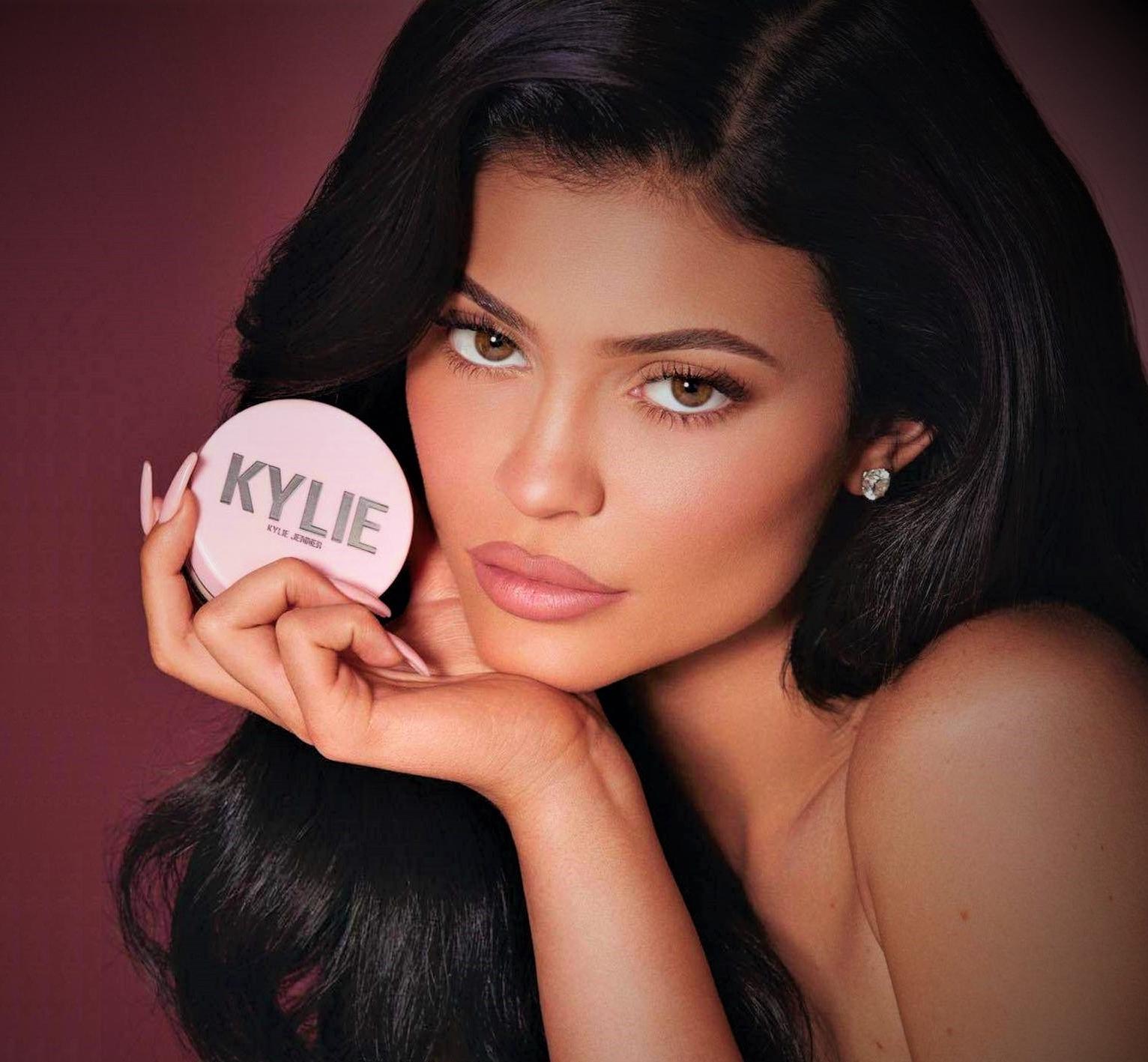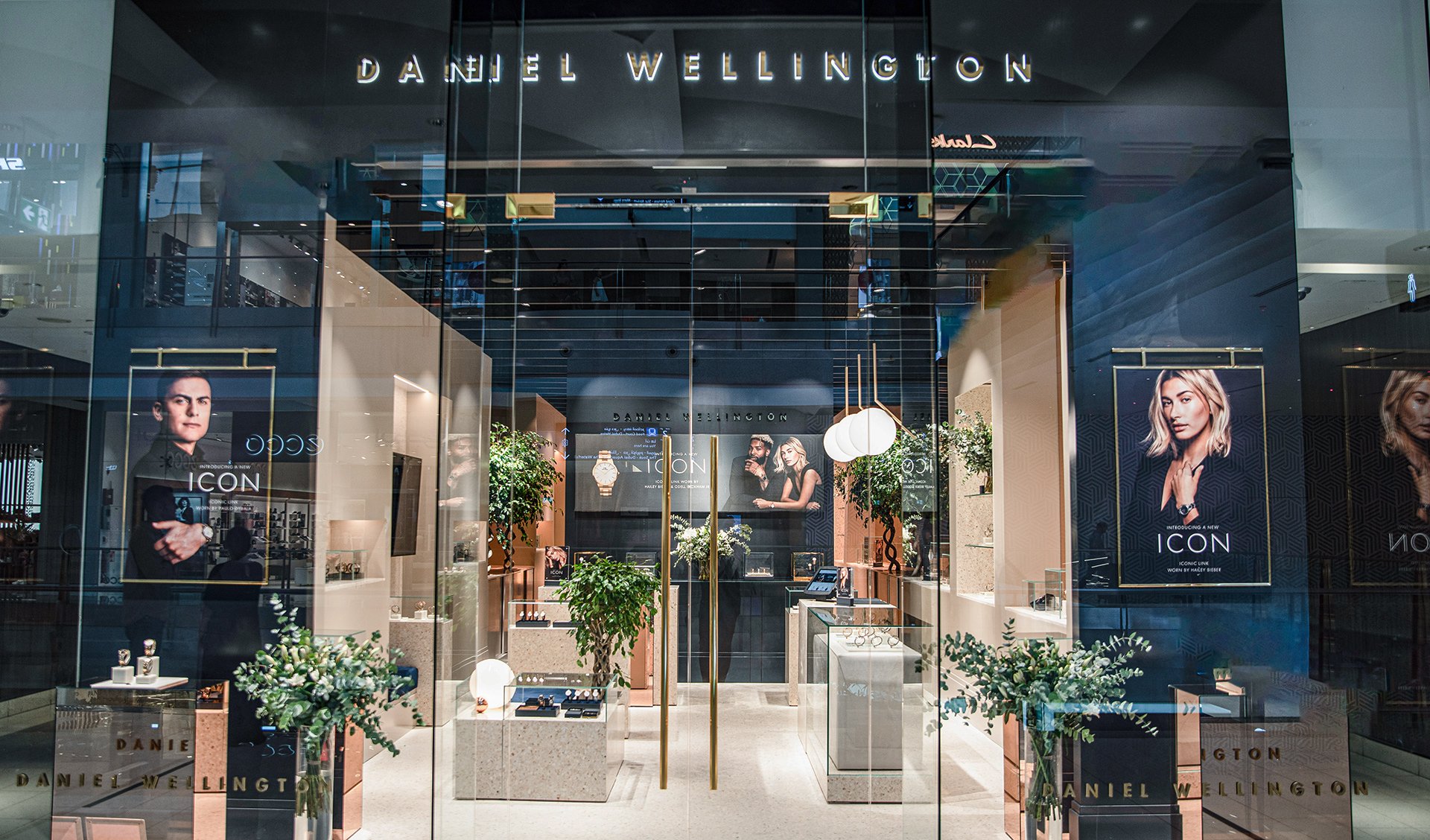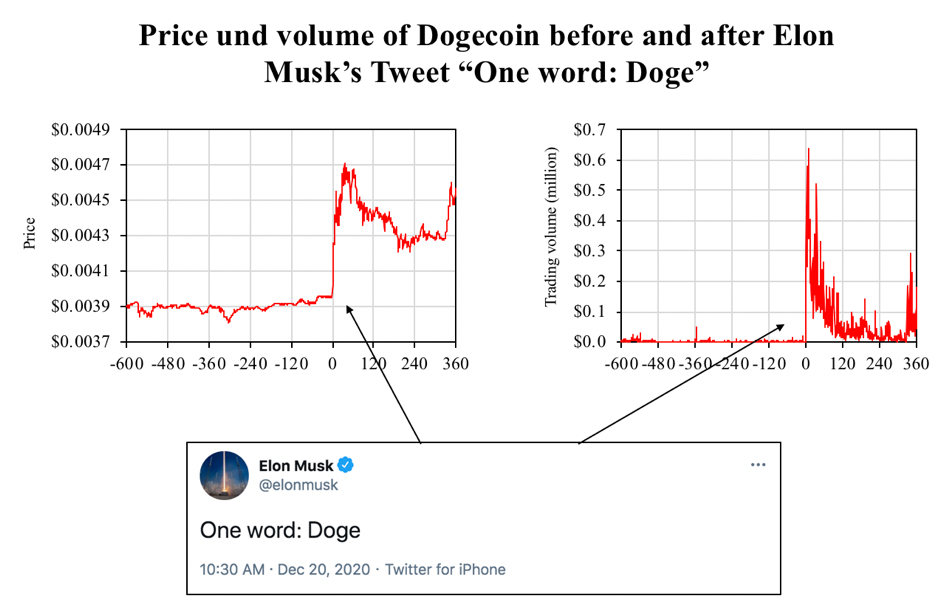Some years back, marketing was much about successful advertisements, loyalty, and fair play, but the twenty-first century has changed everything. Marketing strategies and tactics have also taken 180 degrees of turn, and from the fair play now, it is more about disruptive manipulation and strategies that can help the giants gain maximum attention from the audience and then that the attention span is manipulated to sell the products and services. I can give endless examples, and of course, I will discuss some of them in detail in the blog, so stay tuned for mind-blowing disruptive traps that I’m sure you must have fallen once.
From Small Street Brands to Giants of The Market- How They Play You?
- Marketers provoke feelings from you. Even if you were not moved to tears during Titanic, these artists can evoke strong emotions, bringing you to tears or showing you a tale that begins brightly but ultimately depresses you.
Takeaway: Create tales with highs and lows to draw readers in. Present a depressing situation that your good or service can resolve.
- Skilled marketers understand that you shouldn’t give everything away at first. We must find out what comes next. We enjoy Netflix more often than we’d like to acknowledge, which is explained by the Zeigarnik effect.
Takeaway: Begin with a single proposal that culminates in an enhanced offering. Give something away for free so that customers can test out your product, see its worth, and then be presented with an even better offer they must buy.
- We cannot handle too many options, as experiments have repeatedly demonstrated. This was shown in 2000 by Iyengar and Lepper’s well-known jam experiment. Sales at a supermarket counter with 24 jams on some days were recorded, and sales on days with only six jams on display were compared. Sales rose when just six jams were displayed at the grocery counter. Marketers know that narrowing down our options to a select few increases our likelihood of purchasing. Takeaway: MINIMUM IS MORE. Don’t confuse potential customers by telling them about every deal you have; keep your offers focused. Establish priorities for the actions you want them to take.
- Marketers take advantage of our love of surprises and novelty by learning about it. Because of the motivating uncertainty effect, we are likelier to choose the mystery prize if given the option between a known and an unknown reward.

Takeaway: Include a mystery element in your campaigns by giving away a mystery gift with every order or betting customer selects from various prizes.
- Marketers know our tendency to play it safe even when we adore mystery prizes. They actually have such a strong belief in their product that they are prepared to offer a money-back guarantee that you will either feel amazing about it or not. In order to make sure you want to stay, they will also give you trial periods before requiring your credit card information.
Takeaway: Allow customers to sample your offering without committing to anything so they can judge its worth.
Business Tycoons Case Studies At a Glance:
Elon Musk From Tesla to X:
The general concept about tech gurus is that they are practical people who only spit facts, but can you believe the owner of Tesla tweeting:
“Please buy my perfume so that I can buy Twitter.” What’s the first thought that will come into your mind? Maybe Elon wants some Twitter engagement or just a humorous public interaction. Right? But the reality is:
He made $ 1 million selling 10000 bottles of his BURNT HAIR PERFUME. What incredible sales! This is just a massive number for any company, especially if it’s mere perfume. But was it a wise strategy, or did he want to buy Twitter with the money? The answer is no. Elon was looking for an engagement from his followers to buy his perfume, which had already gone quite a flop. Elon had already planned to buy Twitter as he was on the list of the wealthiest people, so that was not a problem for him.
Now, let’s discuss the marketing strategy and where the manipulation lies. Elon didn’t run a diverse marketing campaign, but his single tweet was a call for help, which provoked emotions of empathy and brotherhood in the audience. Everyone instantly felt interested in the idea and generously devoted, and soon, the perfume was sold out. Later, when Elon bought Twitter Currently X, it broke as breaking news, and his audience multiplied. So, this was one case study on successfully utilising disruptive marketing.
Elon Musk has reputation for disrupting the market , they call it The “Musk Effect”
Is Kylie really Selling Kylie Cosmetics?
Girls began sucking shot glasses in the spring of 2015. After inserting their lips into the glass and sucking to create a vacuum that caused blood to rise to the surface of their lips, giving them a swollen, puckered pout, they would upload a selfie to Instagram with the hashtag #KylieJennerChallenge. Eight years ago, at age ten, Kylie Jenner made her television debut on Keeping Up with the Kardashians, where she cohabited with her parents, Bruce (now Caitlyn) and siblings.
Actually, on “screens,” she amassed a social media following of millions of people, where her self-portraits developed into a unique brand. Later, at an age, she founded a brand of her own under the name “Kylie Cosmetics,” according to the Forbes Reports, she claimed that Kylie Cosmetics was a lie. According to Forbes:
Kylie’s company isn’t as successful and extensive as the general public was made to think. This is demonstrated by filings Coty has made public over the last six months.
According to Coty’s publication, Kylie Cosmetics made $177 million in sales the year before the acquisition. This was a lot less than the estimates that were released.
Additionally, Coty disclosed that sales rose by 40% in 2019. According to a straightforward calculation, this meant that the company’s 2018 sales were $125 million rather than the $360 million Forbes had reported.

According to Kylie’s representatives, in just its first 1.5 months of business, her skincare line brought in $100 million. Tax records, however, indicate that the line was probably only going to sell $25 million by the end of the year.
But why is this significant to note? Using these false figures and her social media influence, Kylie successfully created a social reputation and pressure, which made people buy more and more from her brand.
Share a Coke or Buy More Cokes?
The “Share a Coke” campaign is among the most recognisable and effective Coca-Cola advertising campaigns. This campaign, which began in Australia in 2011 and was later extended worldwide, encouraged people to find Coca-Cola bottles bearing their names or the names of their friends and loved ones. Individual Coca-Cola bottles and cans were personalised with names. Here is how Coca-Cola utilised disruptive manipulation to run its most successful campaign:
Personalization: The campaign capitalised on the desire for personalization by printing each person’s name on Coke bottles, giving the product a more unique and personalised feel. It made people feel connected to and in control of the brand.
Appeal on an Emotional Level: The campaign used the feelings associated with sharing and forming connections with others. It urged individuals to locate bottles bearing the names of acquaintances, relatives, or even total strangers and share a Coke with them. Customers responded well to this emotional appeal, which promoted a feeling of community.
User-Generated Content: Using the hashtag #ShareACoke, the campaign encouraged people to post pictures and stories of themselves holding customized Coca-Cola bottles on social media. In addition to generating buzz and engagement, this user-generated content expanded the campaign’s reach by encouraging customers to become brand ambassadors.
Limited Supply: Not every name was initially available, making some names feel rare and more desirable to find a particular name. This scarcity compelled people to look up their names or the names of those they loved, which created a sense of excitement and anticipation.
Cultural Relevance: The “Share a Coke” campaign was a massive success for Coca-Cola, resulting in increased sales, brand engagement, and social media buzz. It demonstrated the power of personalization, psychological connection, and community-generated material in creating a memorable and impactful marketing campaign. Coca-Cola made the campaign more relatable and relevant to diverse audiences worldwide by adding popular local names, terms of endearment, or cultural phrases.
From the House of Daniel Wellington’s Instagram able Watches:
I’m sure everyone has heard of this watch, which goes by the initials “DW” and belongs to Swedish watchmaker Filip Tysander. However, you are ignorant that Daniel Wellington is regarded as the archetypal illustration of a brand working with influencers. With his accomplishment—his name is still known—he accomplished a masterstroke.
All you have to do is use your search engine to look it up to see how angry people are about this digital marketing tactic. With its influencer marketing campaigns, the brand has shattered records, and it still teams up with the greatest to reach millions of new consumers. How did Daniel Wellington use the clout of the most popular Instagram users to take his $15,000 startup and make it into one of the most popular brands in the world in less than five years? What’s the secret about him?

The focus of DW is influencer marketing. The primary foundation of its marketing and communication strategy is the inventiveness of these influencers. Rather than investing in costly influencers, it offers a watch with multiple micro-influencers in the fashion niche. In a few months, the networks will be overrun with pictures of handles wearing Daniel Wellington watches. The images of his influencer watch they collaborate with are all reposted on the DW Instagram page. An influencer’s Instagram visit has far more value for the consumer than an advertisement spot. While the latter is there to try and sell something, influencing him gives him freedom of speech and does not force him to promote a specific good.
This psychologically traps the customers, and they want to try what influencers are wearing or using because it gives them the satisfaction that they are also living a glamorous lifestyle.
By associating its products with glamour, popularity, and comfort, DW is very successful with this disruptive marketing hack, and now it’s one of the most well-known watch brands.
Conclusions:
Disruptive marketing has become one of the most popular tools used by high-end brands to street brands one way or the other. Brands that are smartly using this method are quiet successful in playing with the minds of their audience, and they are making millions of sales. Some of the case studies I discussed include Elon Musk, Kylie Jenner, Coke Cola, and DW watches.
You see, all of them belong to diverse niches, but the hacks to trap their customers psychologically remain the same. Relevance, interaction, and reputation are key components of disruptive marketing. People often assume that online conversations are the most significant aspect of marketing in the modern era, but it’s not about social media or videos. Although the shift from print to radio and radio to TV presented challenges for marketers in the past, the digital revolution is significant and shaping how we do marketing today.
read also :


